The vast expanse of the White Desert was our backdrop as we experienced the Hero Mavrick 440; the largest-ever motorcycle from Hero MotoCorp.
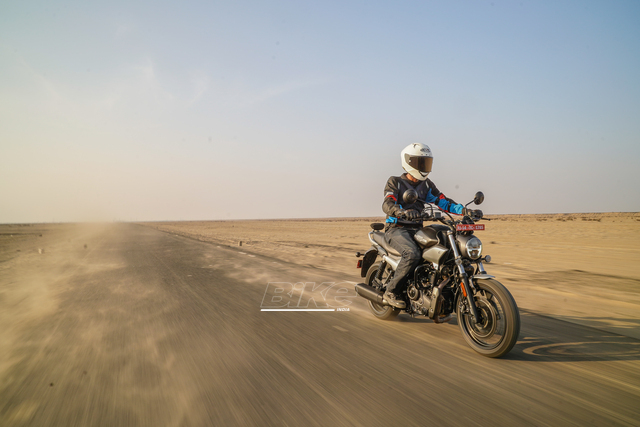
Story: Joshua Varghese
Photography: Sanjay Raikar
The Karizma’s distinction of being Hero’s largest-capacity motorcycle has now passed on to the new Mavrick 440. We spent some time around the Rann to experience this new flagship and here are our thoughts.
It is not easy to place the Hero Mavrick 440 in a segment. Would be best to describe it as a cross between a naked motorcycle and a retro-modern cruiser. The design is extremely simple and the focus seems to be on having a powerful front end. The broad tank, shrouds and round LED headlight pull off that effect with ample support from the exposed frame and engine. Meanwhile, the tail tapers off into a shape that complements the motorcycle’s visual appeal. Running on 17-inch cast alloy wheels at either end with wide road-oriented tyres, the Mavrick has a striking stance that offers 175 mm of ground clearance. Good enough for our urban conditions and some broken roads, I would say. It is also worth noting that most of the bodywork on this motorcycle is made of metal which has taken the weight to 187 kg.
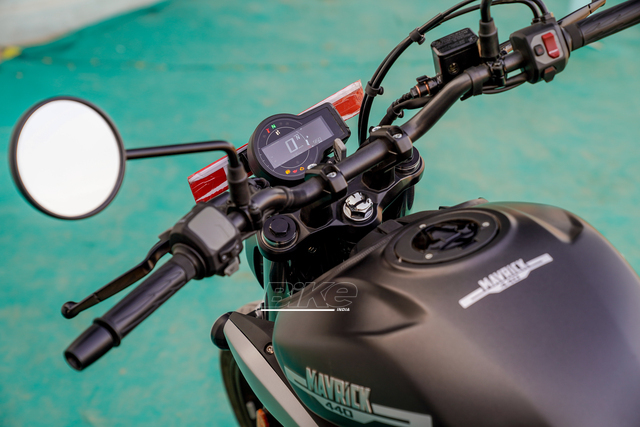
Information to the rider is relayed through a simple reverse-LCD. One half of the screen displays a tiny tachometer, a reasonably-sized speedometer and a small odometer. The other side is reserved for connected functions including turn-by-turn navigation. The top-shelf model that we got was equipped with an eSIM which may be useful for some consumers but the console itself feels too primitive to fully explore the potential of this feature. There is also a light sensor that is used to activate the automatic headlight; a first for a motorcycle in this segment. The layout for the switchgear is basic and there are no buttons on the handlebar to control the display. When it comes to quality, we feel it is best described as robust but just shy of premium.
Comfort is key for any motorcycle that is expected to be ridden for hundreds of kilometres at a stretch and there, the Mavrick scores well. The seat is nicely contoured, wide and plush, complemented by an easy reach to the wide, single-piece handlebar and centrally-placed foot-pegs. It provided a relaxed, upright riding position which did not create any discomfort even after 100-odd kilometres in the saddle.
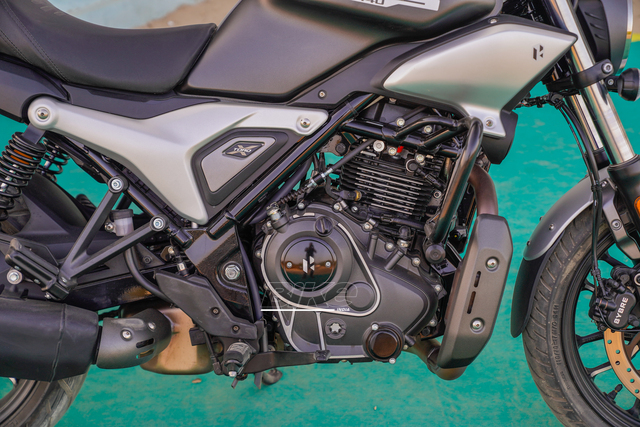
One is reminded of Hero’s collaboration with Harley-Davidson when looking at the exposed engine and the trellis frame it is hung from. The engine is a simple 440-cc, air-cooled with oil-cooler, two-valve, SOHC, single-cylinder unit that has been slightly retuned. In the Mavrick, it develops 27 hp at 6,000 rpm and a peak torque of 36 Nm at 4,000 rpm with the rev limiter cutting in just after claimed peak power is achieved. There is room for improvement in terms of refinement because it is quite noisy, sometimes audible over the exhaust note which is a pity because it does sound the part of a cruiser.
Sure, it is not the most modern powertrain in the current market but it is the largest in that price range and it delivers a remarkably useful low-end which provides a significant amount of torque below 2,000 rpm. So significant that the mid-range and top-end have little to offer a motorcyclist who seeks thrill in the upper spectrum of the rev range. However, the Mavrick is not meant for fast riders who whip past the landscape searching for new ways to carry more corner speed. It is meant for the sedate and sensible rider whose motorcycling experience is defined by a relaxed ride along some lovely roads with resplendent scenery.
In that regard, the Mavrick aces it. A decent six-speed transmission and reasonable gearing allow it to pull cleanly from as low as 50 km/h in sixth gear. Between 3,000-4,000 rpm lies its sweet spot and one could cruise all day at 110-115 km/h. When pushed beyond that, it carried me to a top speed of close to 140 km/h (indicated) but was certainly unhappy doing so which was made evident with noticeable levels of vibration. The open roads in the region did not offer any opportunity for a city ride but the motorcycle’s light-action clutch and balanced weight distribution highlight its potential as a machine one can use every day in the urban environment.
While I would describe the power delivery as linear and adequate, I have high praise for the chassis. There is nothing fancy there. Just a telescopic fork at the front and twin shock-absorbers at the rear. The Harley was a joy to ride thanks to its neutral handling and that character has carried on to the Mavrick also but it is noticeably more agile. Key specifications in that regard include 17-inch wheels, 23.9-degree rake, 91.4-mm trail and a 1,385-mm wheelbase. Clearly, a more handling-oriented package than the X440 it is based on.
The area around the Rann is stunningly devoid of curves but from whatever I could find plus some fooling about on the salt flats, we can confidently say that this chassis is capable of more. That being said, one shouldn’t buy this motorcycle for off-roading needs because the MRF rubber it comes with is best suited for the blacktop and does a great job there. If you were to ask me, I do see scrambler potential here with a few changes.
The suspension is currently set up for comfort. Naturally, the ride quality is appropriate for the needs of our urban environment and long durations in the saddle. The motorcycle’s overall character may not encourage everyone to send it around corners at speed but if one has to, the Mavrick complies beautifully. If ridden enough, I am sure one would wish for a higher-revving engine in this chassis. Braking is managed by discs at either end and dual-channel ABS is standard. They may not be the sharpest biters in the business but are adequate for the Mavrick’s needs.
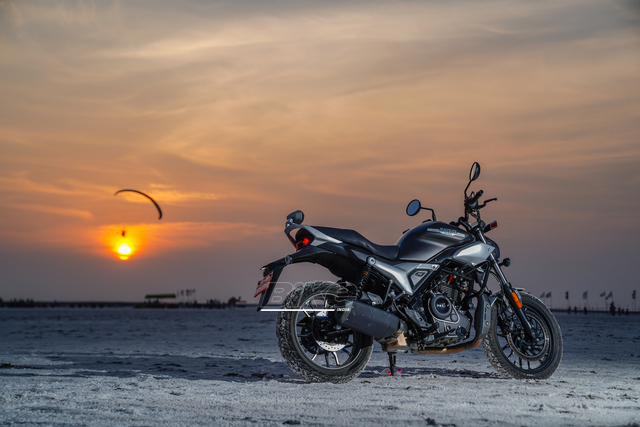
As a motorcycle, the Mavrick is best described as a simple machine that is tailor-made for riders who enjoy touring and need an everyday machine. It is far more difficult to ascertain how much value the consumer is getting for their money. With no direct rivals in existence, I found myself benchmarking it against the much smaller Honda CB300F and the Royal Enfield Classic 350. The Mavrick has drawn heavily from things we like about both those motorcycles.
In a way it makes sense because it is priced from Rs 1.99 lakh (ex-showroom) but that model does not get cast alloy wheels. This particular top-end variant is priced at Rs 2.24 lakh (ex-showroom) and even then it does appear to be good value for consumers who know they want a retro-modern cruiser but appreciate the agility that comes with a short wheelbase and 17-inch wheels. Yes, there are other options (but of smaller displacement) just around that price range with liquid-cooling and four-valve engines but sometimes, there is just no replacement for displacement and the Mavrick 440 is the largest capacity motorcycle one can buy at that price.

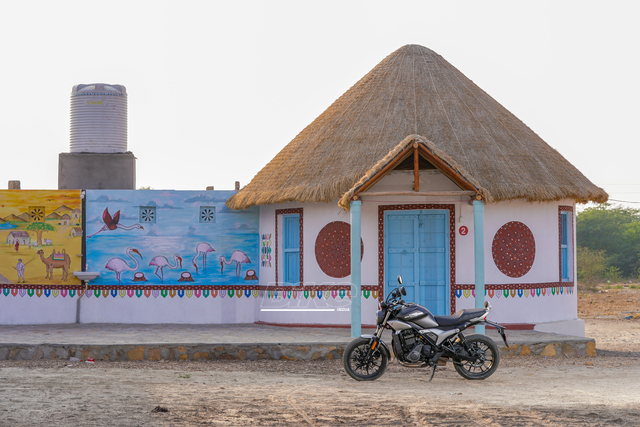
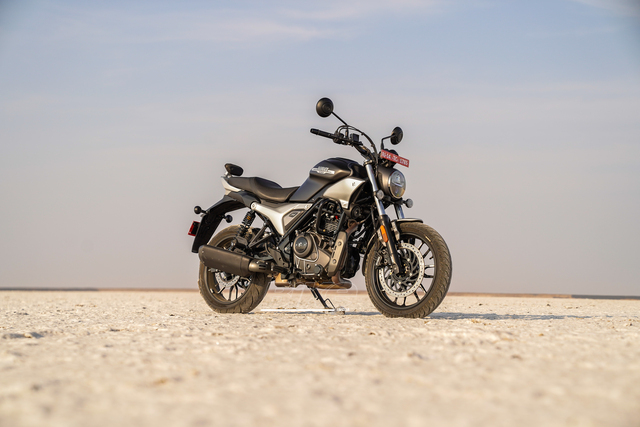
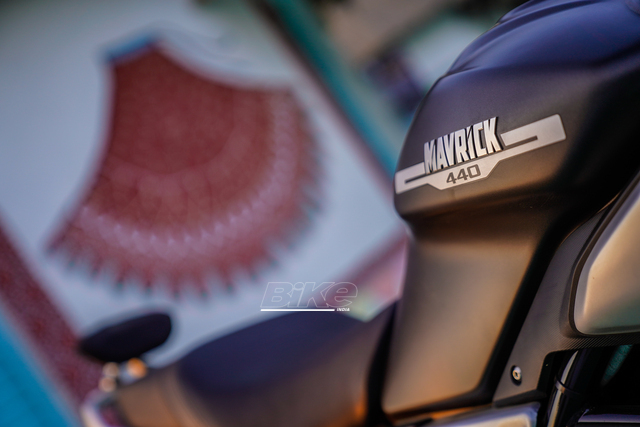
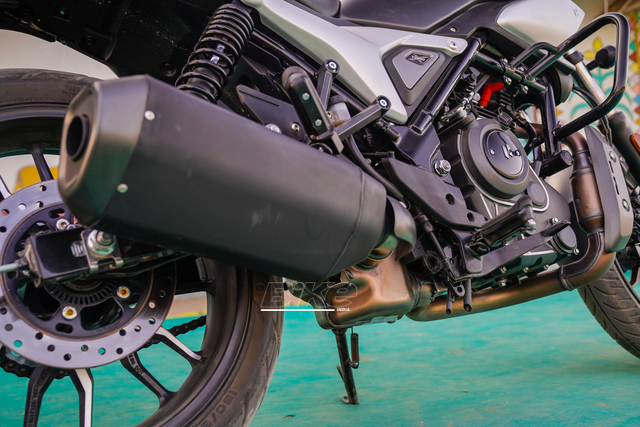
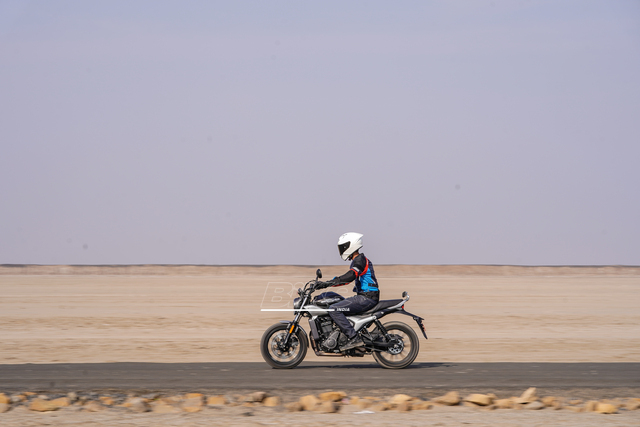
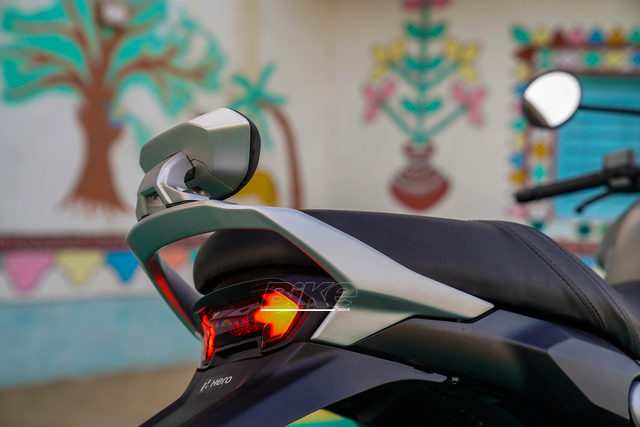


Leave a Reply